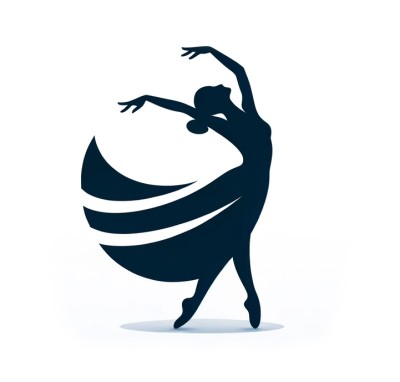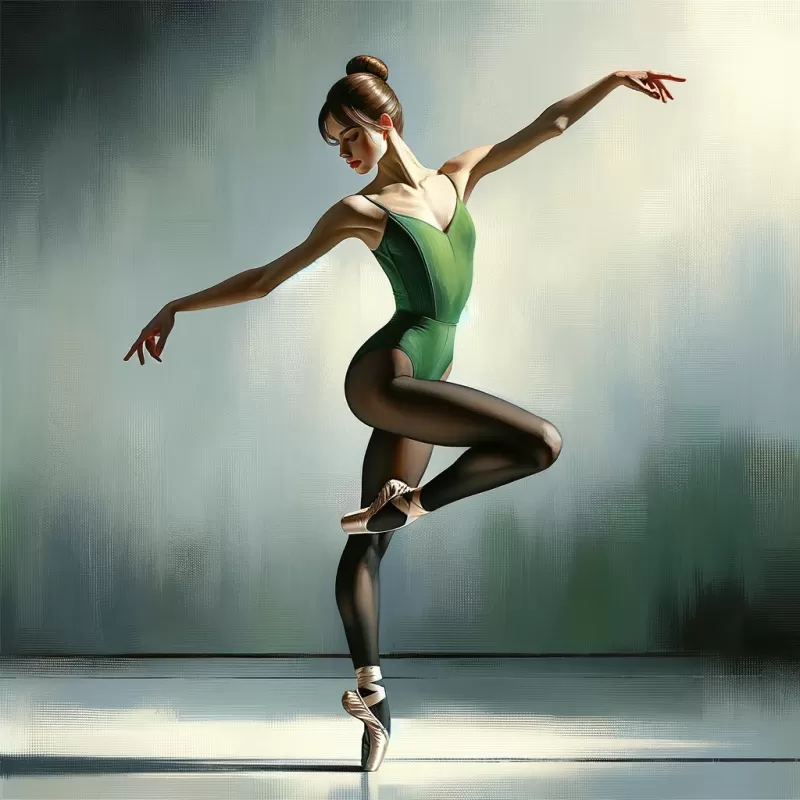William Forsythe: Innovating Ballet's Boundaries
Published on February 13th 2024, 4:54PM
William Forsythe is a name that resonates with innovation in the ballet world. With an illustrious career that spans decades, Forsythe has been pivotal in transforming ballet into a dynamic, contemporary art form. His works not only challenge dancers' physical boundaries but also invite audiences to perceive ballet through a modern lens.
Forsythe's Philosophy
Forsythe's approach to ballet is revolutionary. He deconstructs traditional ballet to its core, experimenting with space, geometry, and the body's movement. His choreography extends beyond classical ballet's boundaries, incorporating elements of modern dance, technology, and visual arts, making his style distinctive in the realm of dance.
Notable Productions
William Forsythe's repertoire includes a vast array of productions, each contributing uniquely to the dance world. While listing all of his works would be exhaustive, here are some key productions that have significantly impacted Contemporary Ballet:
-
"Artifact" (1984): A groundbreaking piece that combines classical ballet with Forsythe's signature style, challenging dancers with its complex spatial patterns and timing.
-
"In the Middle, Somewhat Elevated" (1987): Perhaps Forsythe's most famous work, commissioned by the Paris Opera Ballet. This piece is renowned for its raw energy, intricate movements, and electronic score by Thom Willems. It epitomizes the essence of Contemporary Ballet.
-
"The Second Detail" (1991): Set to a score by Thom Willems, this piece further explores Forsythe's interest in spatial organization and the dynamics of ballet.
-
"Enemy in the Figure" (1989): Forsythe experiments with lighting and shadow, creating a visually captivating piece that blurs the lines between ballet and contemporary dance.
-
"One Flat Thing, reproduced" (2000): Featuring dancers interacting with tables on stage, this piece is a study in complexity and chaos, showcasing Forsythe's innovative use of props and space.
Contributions to Contemporary Ballet
Forsythe's contributions to Contemporary Ballet are profound. His works have not only expanded the ballet vocabulary but have also pushed dancers to explore new realms of movement and expression. His influence extends beyond choreography; Forsythe has mentored countless dancers and choreographers, spreading his innovative approach worldwide.
Legacy and Influence
William Forsythe's legacy is visible in the evolution of ballet as a vibrant and evolving art form. His vision has inspired a new generation of dancers and choreographers to explore beyond traditional boundaries and has made an indelible mark on the landscape of contemporary dance.
Conclusion
William Forsythe's journey through dance has been one of relentless exploration and boundless creativity. His contributions to ballet and Contemporary Ballet have redefined what is possible on stage, blending the classical with the contemporary, the physical with the conceptual. As we continue to witness the evolution of ballet, Forsythe's influence remains a beacon of innovation and excellence in the world of dance.



Comments (0)